
 HMS WOOLSTON
HMS WOOLSTON
The Liberation of Norway:
HMS Woolston
(L49) and HMS Vivacious (D36) at Bergen
Operation Conan
May1945
Operation Conan was the Royal Navy's contribution to Operation Apostle, the liberation of Norway after the formal surrender of German forces at Oslo on the 9 May:
"On the 13 May, the Royal Navy
initiated Operation Conan,
sending two destroyers to each of the intended ports of entry, Oslo,
Kristiansand, Stavanger, Bergen, Trondheim and Tromso and numbers of
MTBs from Lerwick to smaller towns along the coast. The destroyers
carried with them the naval officers in command (NOIC) of the various
ports, naval disarmament parties and small elements of air and military
staffs from Britain". British
Policy and Strategy towards Norway; Christopher Mann (Palgrave
Macmillan, 2012), page 209.
The entry ports and their NOIC were: Oslo (Capt C.R.V. Pugh RN), Stavanger (Capt R.St.V. Sherbrooke RN), Kristiansand (Capt Lord Teynham RN), Bergen (Capt B D Nicholson RNVR) and Trondheim (Capt J H Ruck-Keene RN). On the 12 May the Flag Officer Norway, Rear Admiral J.S.McL. Ritchie RN, left for Oslo with the cruiser HMS Devonshire, the minelaying cruisers Apollo (with Crown Prince Olaf on board) and Ariadne, and four destroyers (Iroquis, Savage, Scourge and Arundel). On the 13 May eight destroyers in the Rosyth Escort Force were sent to Kristiansand South (HMS Valorous and HMS Venomous with three Norwegian minesweepers), Stavanger (HMS Wolsey and HMS Wolfhound), Bergen (HMS Woolston, HMS Vivacious and the corvette, HMS Acanthus) and Trondheim (HMS Mackay and HMS Viceroy). Local surrender ceremonies were held aboard these destroyers of the Rosyth Escort Force in the harbours on Norway's west coast.
Bergen, Norway's second largest city, is on the same latitude as the Shetland Islands and Shetlandlanders like to tell visitors that their nearest railway station is in Bergen. During the war the Shetland Bus took Norwegian agents to the west coast of Norway and a statue of Leif Larsen, the most highly decorated allied naval officer of the war, stands in the city. Bergen had the largest U-Boat base in Norway and was a constant threat to the Arctic Convoys to Murmansk and Archangel in Northern Russia and was heavily bombed in 1944. HMS Woolston was sent there with a small team of British and Norwegian Army and Naval officers including Capt B D Nicholson RN, the designated Naval Officer in Command (NOIC), to oversee a peaceful transition from German occupation to Norwegian self government.
********************
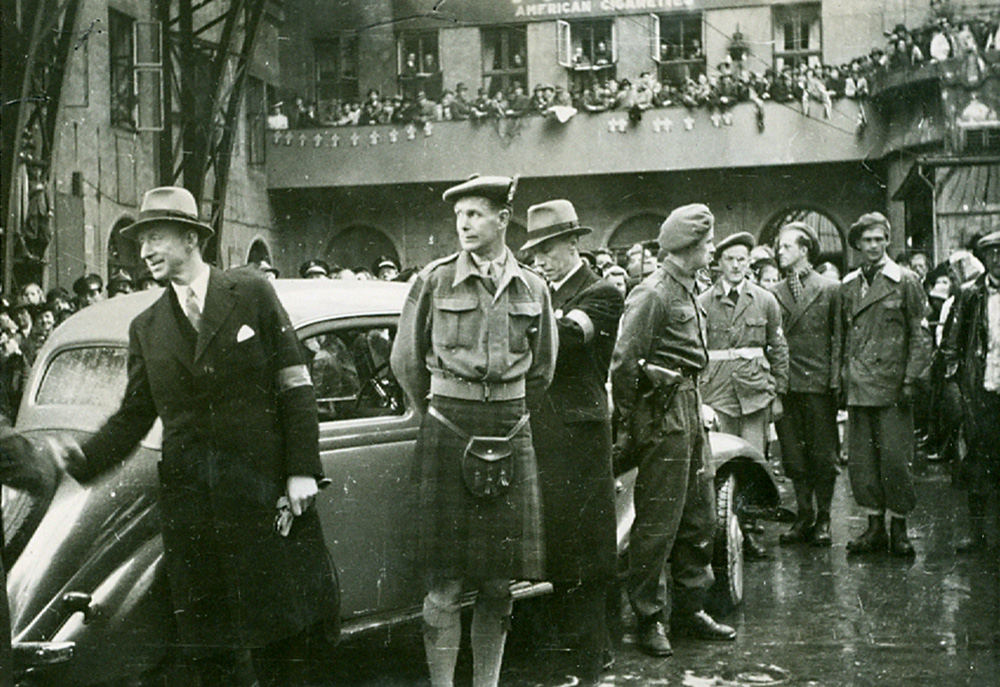
Lt
Col F.R.G. Chew of SHAEF (Supreme HQ, Allied
Expeditionary Force) arrives by train from Oslo on
10 May
From left: Resistance leaders, Bjarne Sæverud (in
overcoat), Lt Col F.R.G. Chew, unidentified, and Roar Sannem (in uniform) with Milorg members in 'uniform' of berets, anoraks, gaiters
and boots plus armband on right
The large crowd were also welcoming home Norwegian
Prisoners of War (POW) released from Grini Camp near Oslo
Photographed by Leif M. Endresen
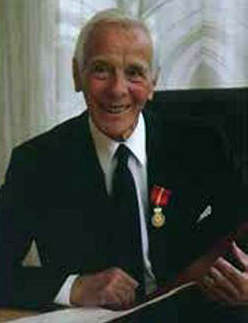 "The
fleet is coming, they are already at Kvarven!" The flags were hoisted,
the first official welcome to the representatives of our proud and
glorious Norwegian Navy. People closed offices and shops, left their
workshops and homes, and went down to the harbor. Nordnes and the quays
were packed with excited people who stared out towards the gray shadows
which came gliding along Askøy. For a while, the vessels lay quietly
waiting in the middle of the fjord, then they increased speed and at
exactly 10 o'clock the leading ship, the destroyer Woolston
docked at Skoltegrunnskaien, greeted by resounding cheers and welcoming
shouts from the tightly packed crowd outside the barriers.
"The
fleet is coming, they are already at Kvarven!" The flags were hoisted,
the first official welcome to the representatives of our proud and
glorious Norwegian Navy. People closed offices and shops, left their
workshops and homes, and went down to the harbor. Nordnes and the quays
were packed with excited people who stared out towards the gray shadows
which came gliding along Askøy. For a while, the vessels lay quietly
waiting in the middle of the fjord, then they increased speed and at
exactly 10 o'clock the leading ship, the destroyer Woolston
docked at Skoltegrunnskaien, greeted by resounding cheers and welcoming
shouts from the tightly packed crowd outside the barriers.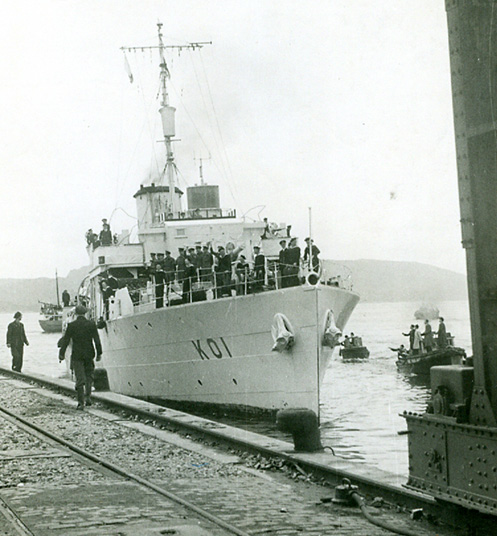 Day
after day, people have told each other: now, they will come now. Even
at night there had been thousands of people waiting on the quays and in
Nordnes Park to meet them. The excitement and expectations increased.
Day
after day, people have told each other: now, they will come now. Even
at night there had been thousands of people waiting on the quays and in
Nordnes Park to meet them. The excitement and expectations increased.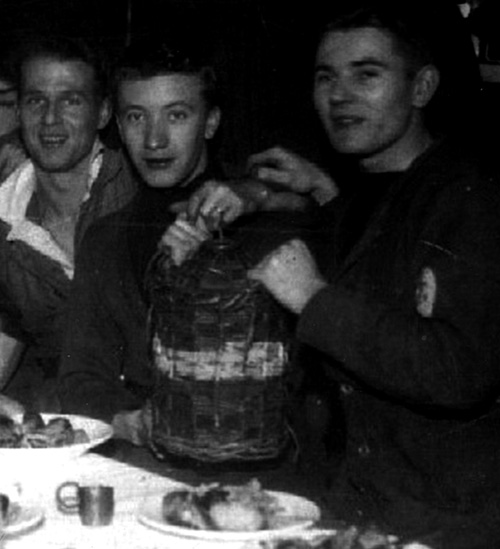
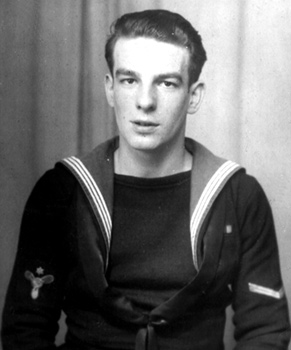 "
HMS Woolston (L49) was on a
buoy at Sheerness waiting to escort a convoy up the East Coast to our
home base at Rosyth when, as signalman on watch, I received this signal
from the tower at Sheerness:
"
HMS Woolston (L49) was on a
buoy at Sheerness waiting to escort a convoy up the East Coast to our
home base at Rosyth when, as signalman on watch, I received this signal
from the tower at Sheerness: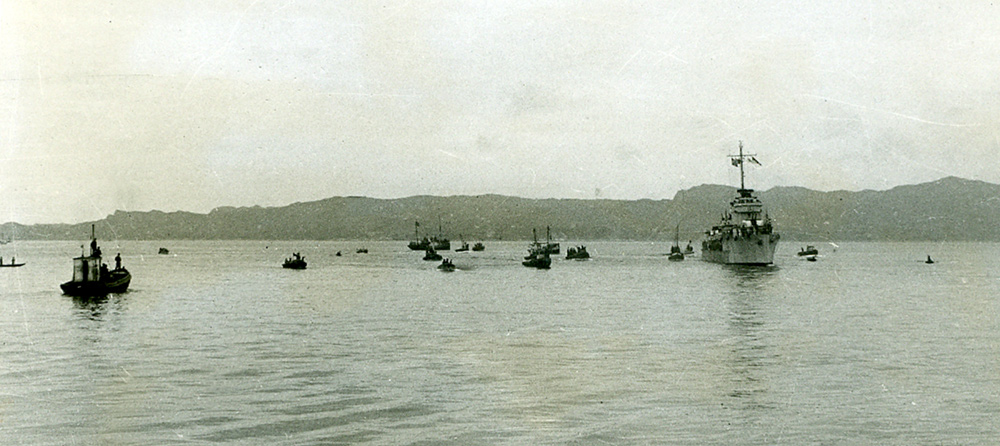
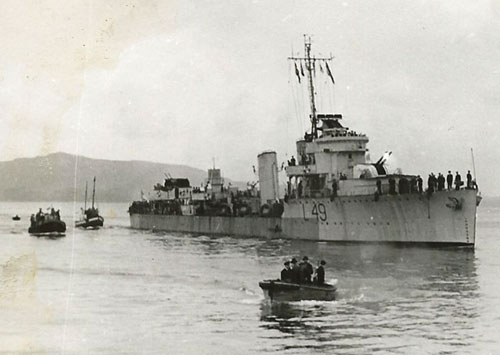
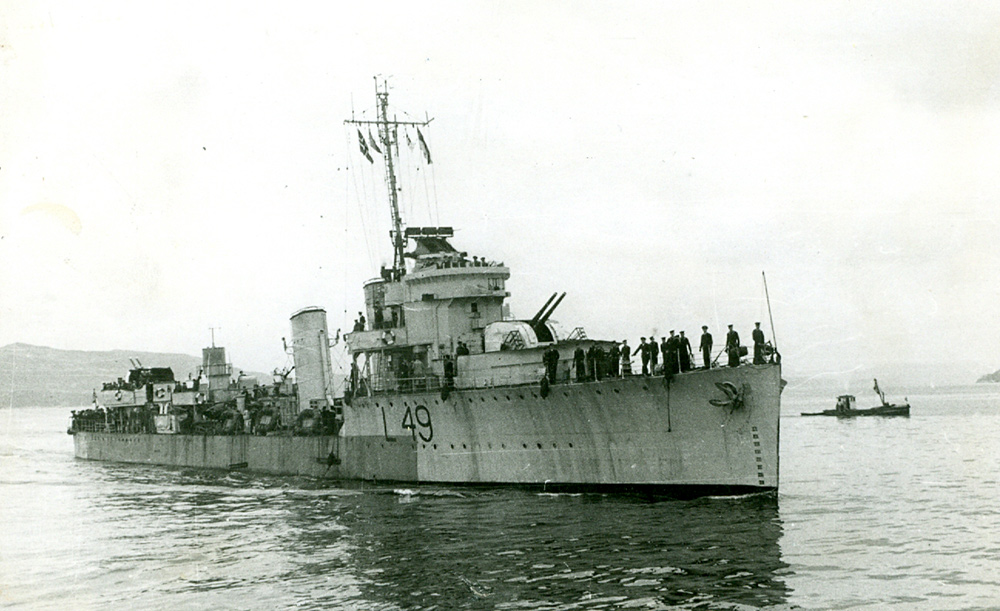
HMS Woolston was greeted on arrival at Bergen by lots
of small boats which went out to meet them
Photographed by Leif M.
Endresen
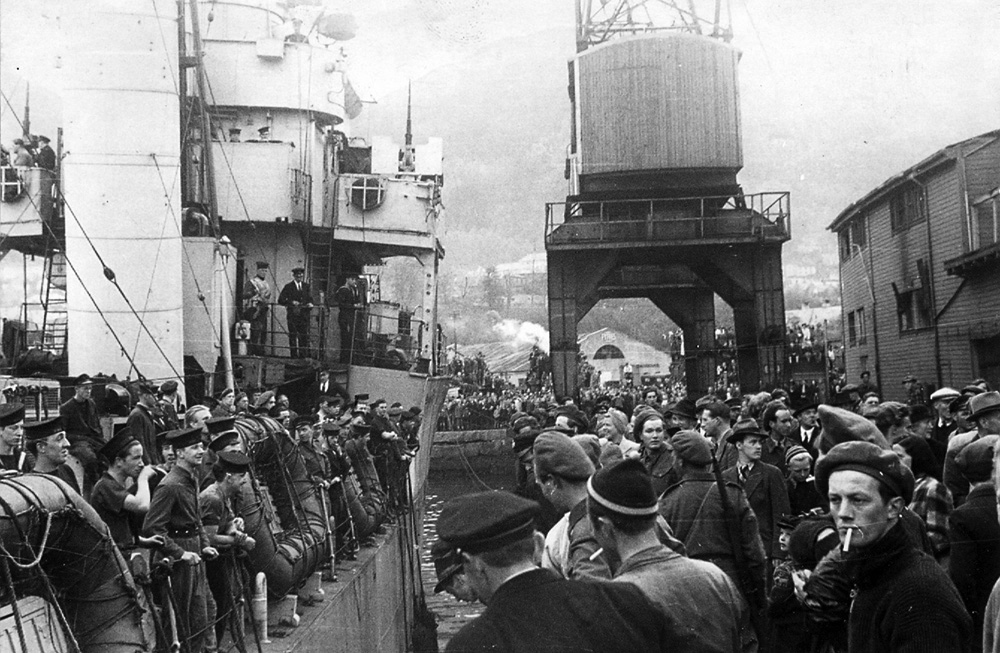
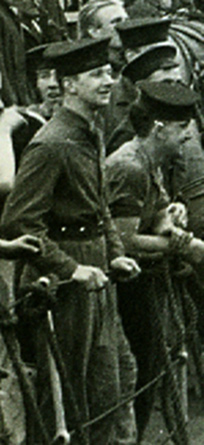
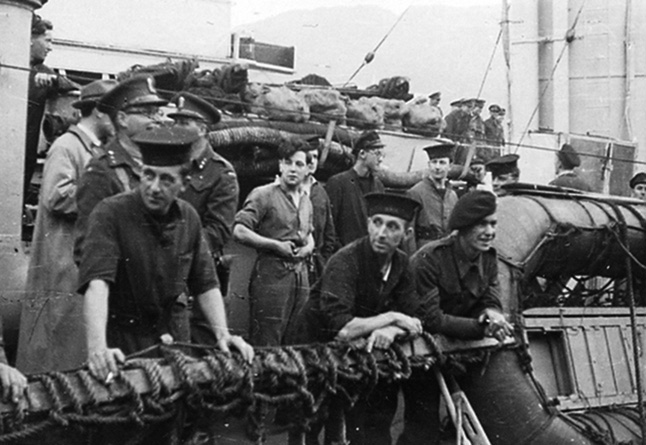
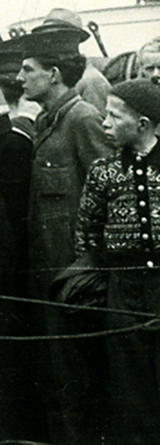
Can you identify the
sailors, army officers and the civilian lining the rails of HMS Woolston?
Frank Witton cropped out (left and right) can be seen in the
photographs above and below
Photographed by Leif M. Endresen
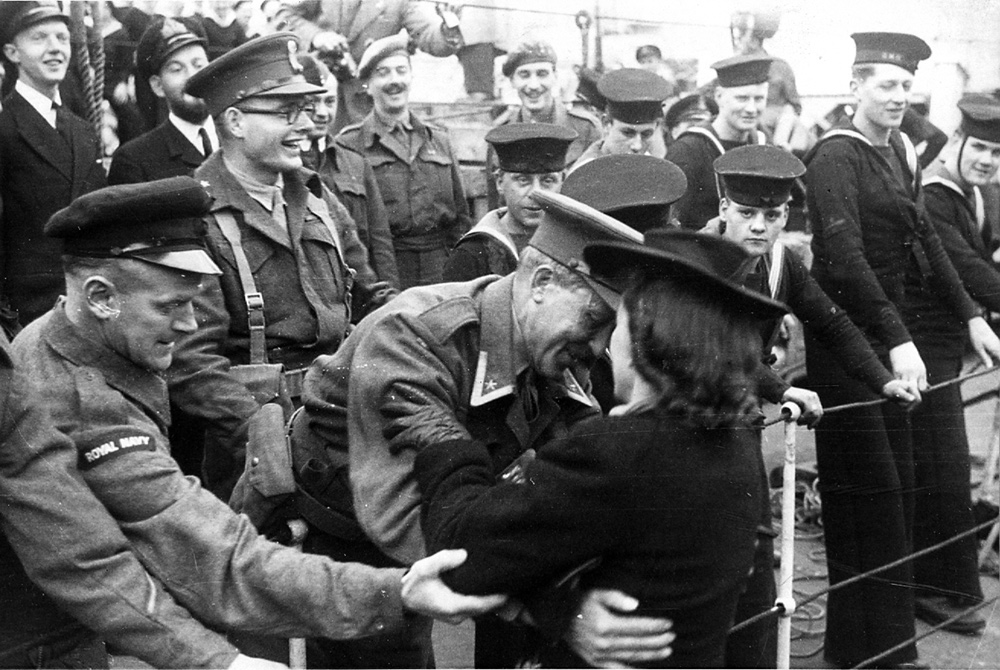
Soon after Woolston berthed at Bergen a gangway was ran out and Lt Col Robert Chew went aboard to meet Capt Brinsley D. Nicholson, the Naval Officer in Command at Bergen and many of the Norwegians on the quayside (including children) took the opportunity to follow. An honour guard was formed and the senior naval and army officers who had taken passage on her from Rosyth went ashore.
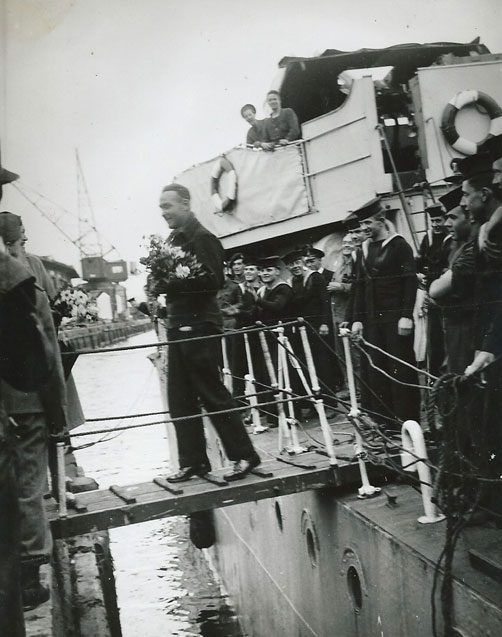
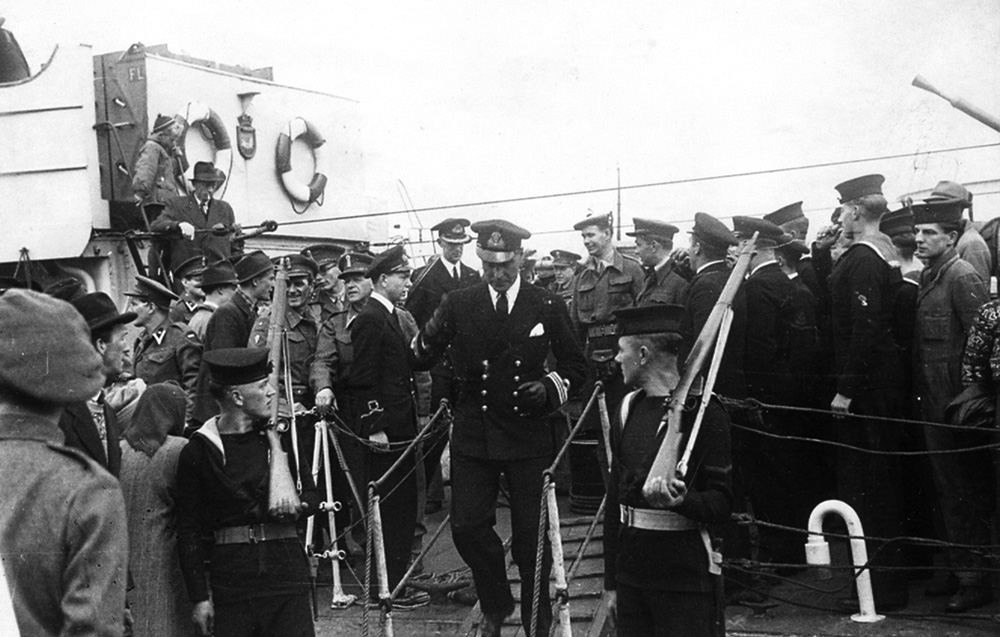
The CO of HMS Woolston, Lt Cdr J.B. Cox RN, going ashore
Note the naval and army personnel on deck with Frank Witton
dressed in dungarees on the far right
Frank Witton identified the rating presenting arms on the left as Ian
Nicholson
Photographed by Leif M. Endresen
"I was on watch and it was some time
before I was able to go
ashore but I remember seeing many German servicemen going about
unmolested, and also many Russian ex-prisoners. Everywhere we went
there were shouts of 'welcome to Norway' or 'welcome to Bergen'. One
instance I recall particularly was of a beautiful little girl about
three or four years old with her grandfather saying 'welcome to
Bergen'. I was ever so pleased to have a bar of 'Nutty' in my pocket
that I could give her. I will always remember her. We had a constant flow of visitors
aboard for quite a while and we soon
ran out of supplies of things such as Nutty, bread, fags etc. We had to
wait for the arrival of the cruiser Norfolk
for the replenishment of
stores, especially bread" ("Spider" Kelly).
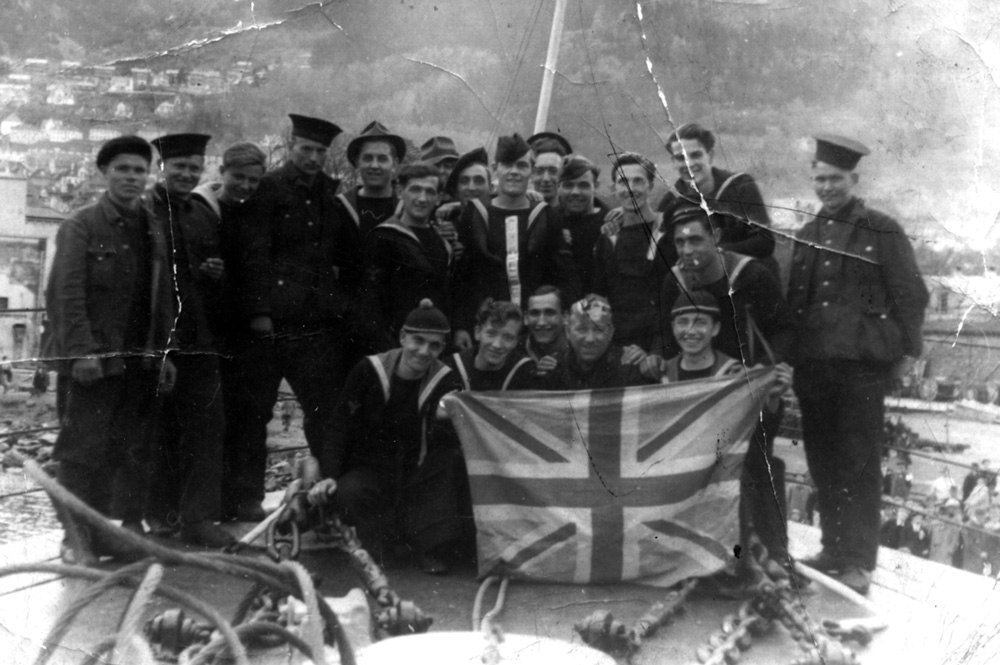
Frank Witton and his fellow stokers
pose with Russian POWs on the bow of HMS Woolston with the steep hillside
of Bergen in the background
Frank Witton is standing second from right and crouched with the flag
are Jack Boore, Bill MacKenzie (Chief PO Stoker), Jo Peacock and Charlie
Woodcock (with cigarette)
Also in the photograph are Austin (fifth from left) and Norman Dunlop
(with vertical white stripe)
The four Russian POWs are first, second, fourth left and
far right in this celebratory photograph
Courtesy of Frank Witton
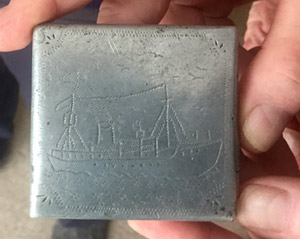
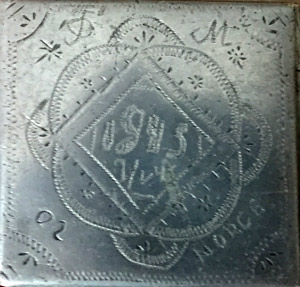
The 4 inch square aluminium box made by a Russian POW - fourth from left in the photograph above - who came aboard HMS Woolston
After a meal of eggs and bacon the POW gave it to Frank Witton
in exchange for a penknife to replace the one damaged making the box
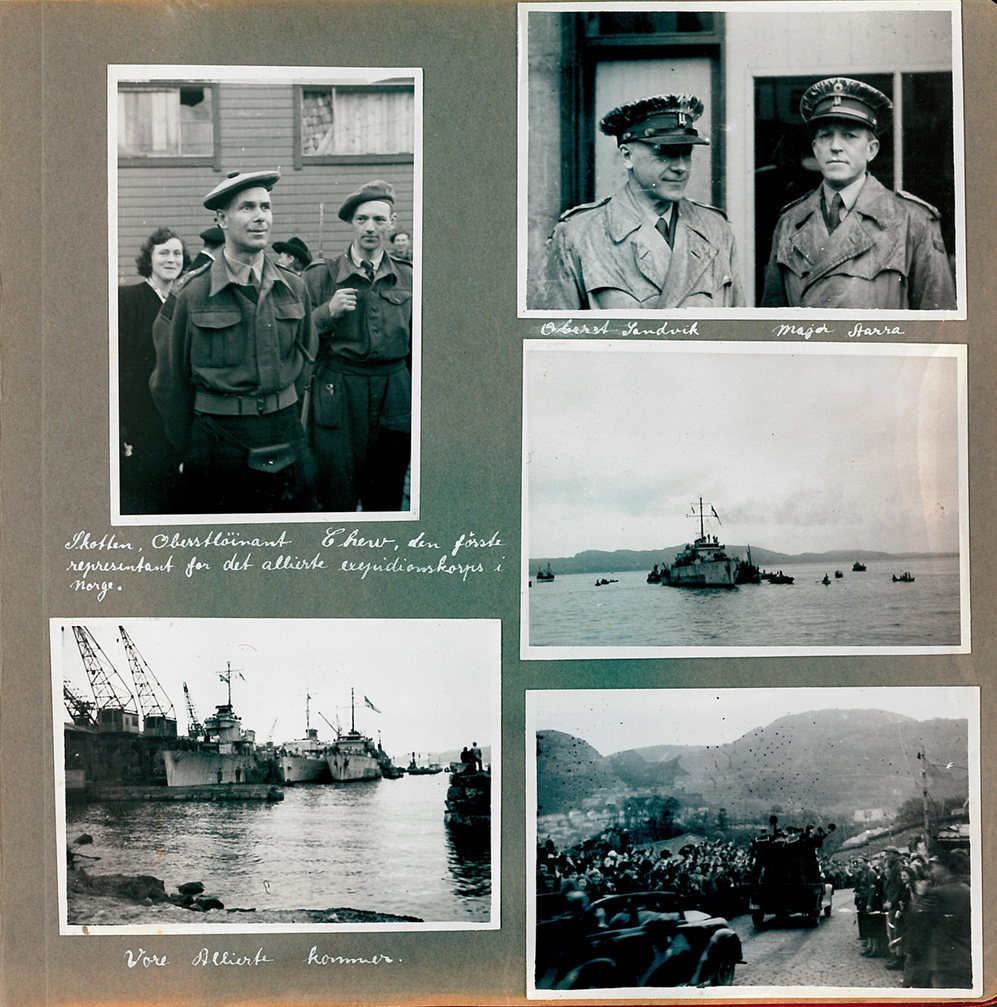
The arrival of the Allies in Bergen
Lt Col F.R.G. Chew in kilt, the head of the Allied Expeditionary
Force (top left), arrived by train from Oslo on the 10 May
Colonel Trygve Sandvik (top right), Head of Distriktskommando Vest (DKV),
arrived from Britain on the 13 May by Sunderland flying boat with ten
staff
Major Knut Aarra, his Chief of Staff, arrived a day later on HMS Woolston
Leon Jacobsen's Photograph Album -
Courtesy of the Regional State
Archives in Bergen
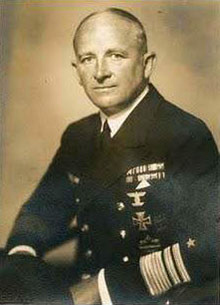 The surrender ceremony was held in the Wardroom of HMS Woolston on the 16 May soon after
the arrival of HMS Norfolk
with Vice Admiral McGregor aboard. The German commanding
officer, Admiral
Otto von Schrader, came to the harbour at Skolten from his headquarters
at the Marineholmen naval base and assuming the ceremony
would be held aboard the cruiser headed for HMS Norfolk only to be directed to the
much smaller and less important destroyer. The surrender ceremony took
place in
the presence of Captain B D Nicholson RN, NOIC Bergen, and Admiral
Henry Disen. Admiral Henry Disen (1883-1953) was the Commanding Admiral in Norway when the Germany invaded and
two months later on the
10 June 1940 he escaped to the Faroe Islands and from there to Britain
on
HNoMS Fridtjof Nansen. He had arrived at Bergen
on the morning of the 15 May aboard HMS Vivacious.
The surrender ceremony was held in the Wardroom of HMS Woolston on the 16 May soon after
the arrival of HMS Norfolk
with Vice Admiral McGregor aboard. The German commanding
officer, Admiral
Otto von Schrader, came to the harbour at Skolten from his headquarters
at the Marineholmen naval base and assuming the ceremony
would be held aboard the cruiser headed for HMS Norfolk only to be directed to the
much smaller and less important destroyer. The surrender ceremony took
place in
the presence of Captain B D Nicholson RN, NOIC Bergen, and Admiral
Henry Disen. Admiral Henry Disen (1883-1953) was the Commanding Admiral in Norway when the Germany invaded and
two months later on the
10 June 1940 he escaped to the Faroe Islands and from there to Britain
on
HNoMS Fridtjof Nansen. He had arrived at Bergen
on the morning of the 15 May aboard HMS Vivacious.
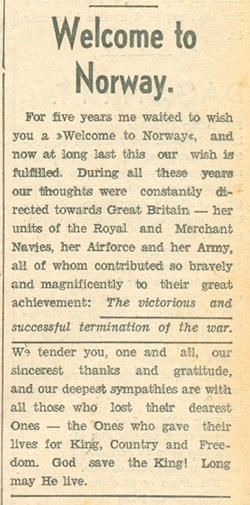
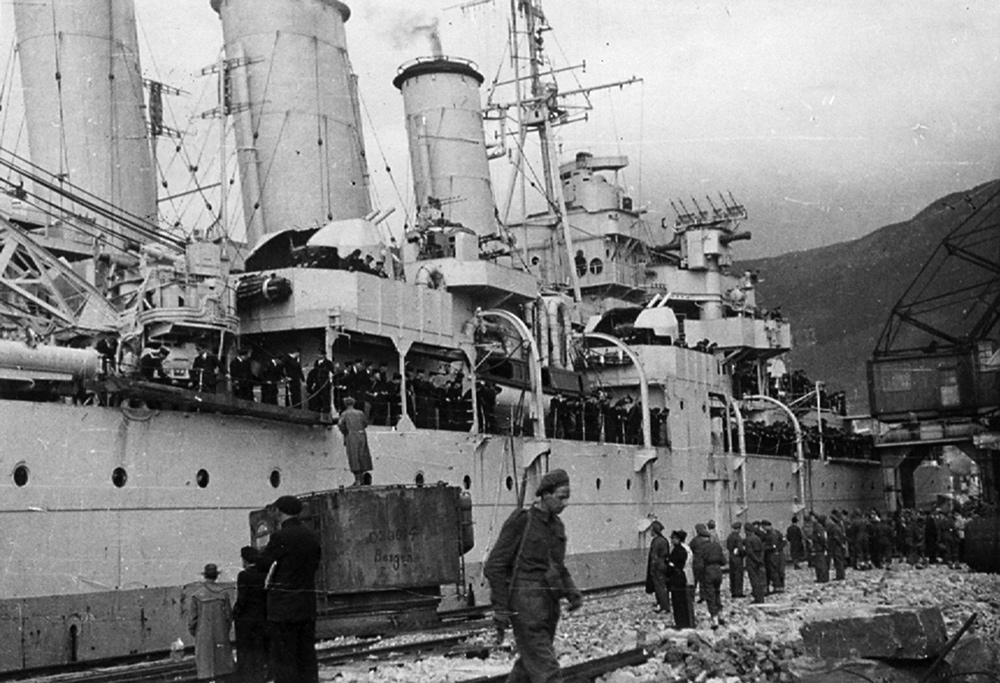
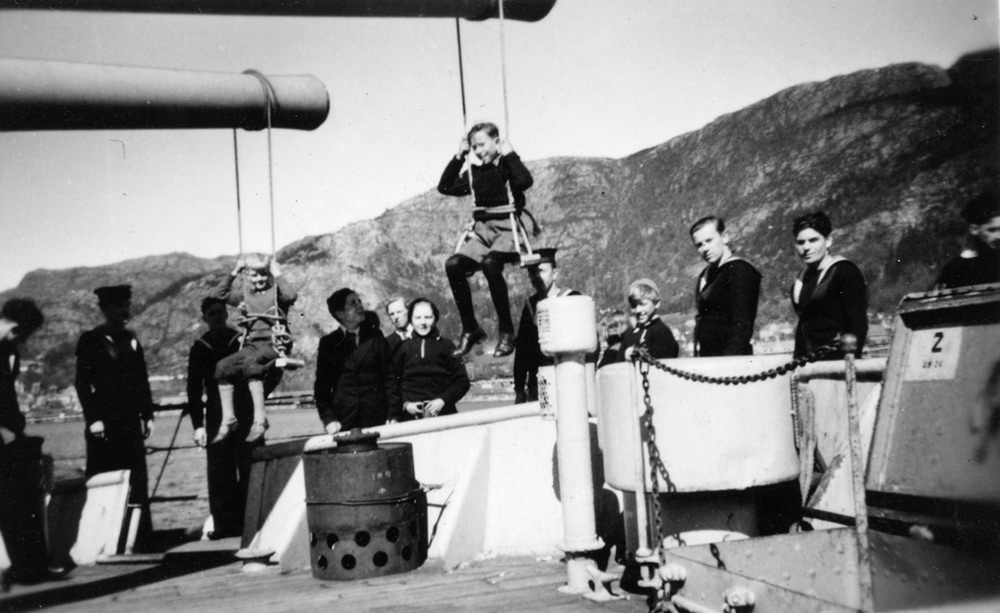
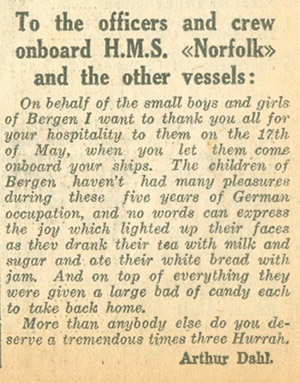
Dagen carried a short article in
English on the 16 May (upper
left) welcoming the men serving in all three branches of
the armed forces to Bergen and three days later Morgenvisen thanked the officers
and crew of HMS Norfolk for
welcoming Bergen's children aboard on Norway's National Day, the 17 May
(right). The men on HMS Norfolk
"turned swords into ploughshares" by hanging swings from the cruiser's
8 inch guns.
Reporters also went aboard the warships - to interview their officers and men. Arthur Kenneth Mathew (1906-92) had been the Naval chaplain on the cruiser HMS Norfolk since 1940 and was present when the Bismarck was sank in May 1941 and at the Battle of the North Cape in 1943 when the German Battle-Cruiser Scharnhorst went down and was awarded an OBE (Mil) and DSC for his part in these actions. His CO said that "the Chaplain made it the happiest ship he had ever known, and he was loved by every man on board". He was interviewed by a journalist from Dagen, a Christian newspaper, and the following article was published on the 22 May 1945:
The ship has tennis court, cinema and
church
We asked the naval chaplain who was present during
the tour, to tell us about his work:
"I hold church services every morning
and evening, but I also do many other things. I hold confirmation
classes, organize discussions, provide entertainment and take care of
the boys' spiritual life."
Do the crew attend services?
"Actually, it is mandatory that they
should all be present, but we do not try to force those who do not wish
to come. Out of the ship's company of one thousand around two hundred
come to morning service and fifty for evening services."
Can you make confirmation on board?
"No, I'm just preparing the boys,
their confirmation takes place ashore."
What do the crew do in their spare time?
"As already mentioned, I arrange
discussions, the boys gather once a week in my cabin where we discuss
current issues. We also have a group of Rover Scouts who meet
regularly. For entertainment I can mention cinema, tennis, card
competitions, and quizzes. The latter are very popular."
Do you think the crew like you?
He smiled, " I think that when the
boys are in trouble they always come to me, and I try to help them as
best I can. They are used to calling me 'father'."
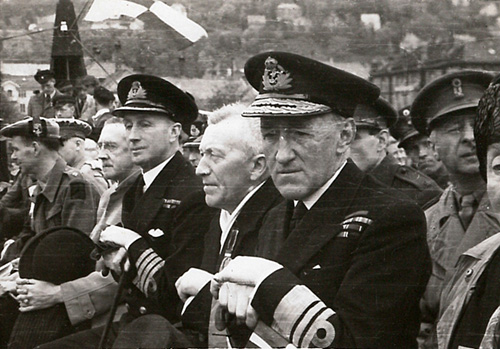
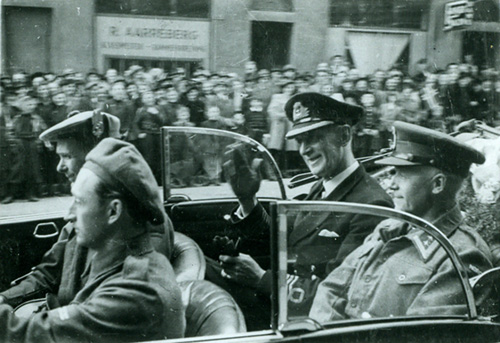
Left: Lt Col F.R.G. Chew, County Governor
Gjert H. Lindebraekke, Capt J.G.Y. Loveband RN, the CO of HMS Norfolk, Mayor (Asbjørn) Stensaker
and Vice
Admiral Rhoderick R. McGrigor RN
McGrigor commanded the First Cruiser Squadron and his Flag Ship
was HMS Norfolk -
photographed on 17 May 1945, Norway's National Day
Leon Jacobsen's Photograph Album in
the Bergen State Archive
Right:
Lt Col. F.R.G. Chew (next to driver) with Capt B.D. Nicholson RN (NOIC
Bergen) and Colonel Sandvik, Head of District Command West (DKV)
Photographed by Leif M. Endresen
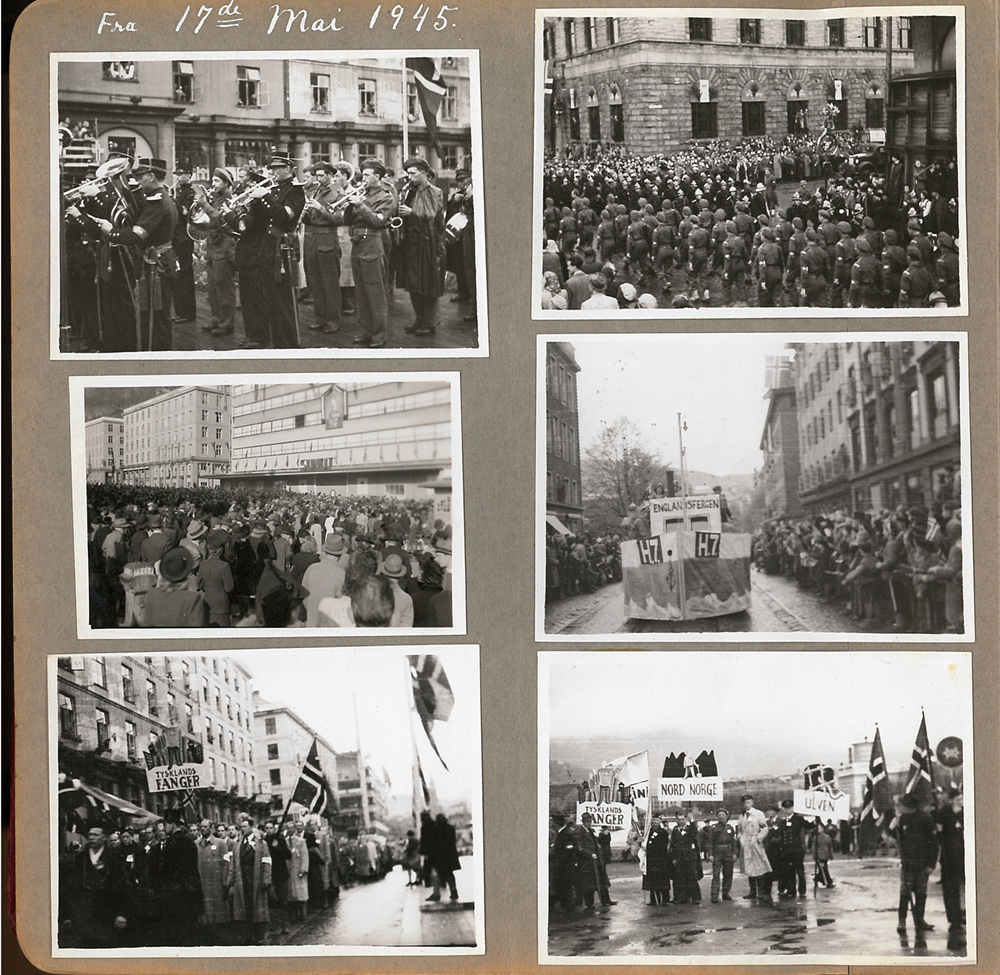
The celebration of Norway's National Day,
17 May 1945, three days after the arrival of HMS Woolston in Bergen
The parade through the city, the mock boat with H7 (King Haakon
VII) on its bow represents one of the fishing boats, the
Shetland Bus, which took agents to Norway.
The column of men carrying the banner "Tysklands Fanger" and the large
Norwegian flag are Prisoners of War (POW) released from camps in
Germany.
Leon Jacobsen's
Photograph Album - Courtesy
of the Regional State Archives in Bergen
HMS
Valorous joined them from
Kristiansand in time to take part in the parade through the town
to the Cathedral for the service
of thanks-giving on Whitsunday the 20 May with the band of HMS Norfolk playing as they
marched. The service was reported on in the Bergen Newspaper Bergens Tidende on the 22 May:
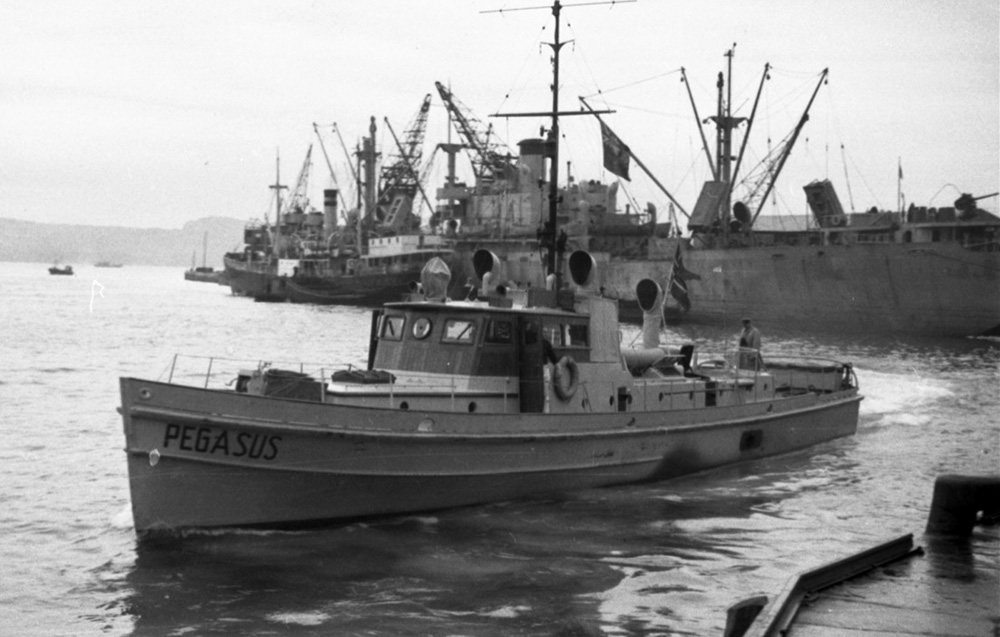
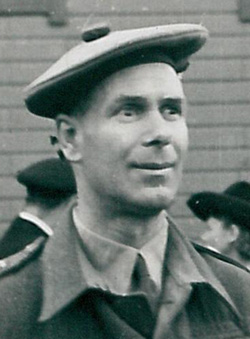 Lt Col F.R.G. Chew
(1907-70) of the Seaforth
Highlanders (left) was the representative of SHAEF's (Supreme Headquarters Allied
Expeditionary Force) Mission to Norway in Bergen. He
accepted the surrender of German land forces from General
de Boer on
the 10 May and remained in Bergen until the SHAEF MIssion ended in October. Robert ('Bobby') Chew was
a keen alpine
climber, educated at St Johns College, Cambridge, who before the war
taught mathematics at Kurt Hahn's schools at Salem near
Lake Constance in
Germany and Gordonstoun
near Elgin in Scotland. In Norway he "met and married in 1947 a
charming widow who was a great help to him when he returned to
Gordonstoun". He began a new section of the school at Altyre in the
Findhorn valley 16 miles from Gordonstoun where "he was the unpompous
father of his growing family of boys and adults". He became Headmaster
when the two schools were combined two years after the retirement of
Kurt Hahn in 1953. He retired to the Lake District in 1967 and was
awarded the CVO
(Commander of the Royal Victorian Order) for having been Prince
Philip's mentor and Prince Charles' headmaster.
Lt Col F.R.G. Chew
(1907-70) of the Seaforth
Highlanders (left) was the representative of SHAEF's (Supreme Headquarters Allied
Expeditionary Force) Mission to Norway in Bergen. He
accepted the surrender of German land forces from General
de Boer on
the 10 May and remained in Bergen until the SHAEF MIssion ended in October. Robert ('Bobby') Chew was
a keen alpine
climber, educated at St Johns College, Cambridge, who before the war
taught mathematics at Kurt Hahn's schools at Salem near
Lake Constance in
Germany and Gordonstoun
near Elgin in Scotland. In Norway he "met and married in 1947 a
charming widow who was a great help to him when he returned to
Gordonstoun". He began a new section of the school at Altyre in the
Findhorn valley 16 miles from Gordonstoun where "he was the unpompous
father of his growing family of boys and adults". He became Headmaster
when the two schools were combined two years after the retirement of
Kurt Hahn in 1953. He retired to the Lake District in 1967 and was
awarded the CVO
(Commander of the Royal Victorian Order) for having been Prince
Philip's mentor and Prince Charles' headmaster.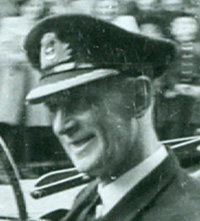 Capt B.D. Nicholson RNVR
(1893-1967) Brinsley Darracott Nicholson (right) was
born at Torquay but his
elder brother, Geoffrey Arnold, was born in the Punjab. They both went
to Mill Hill School, London. His brother was commissioned in the Royal
Flying Corps and killed in a flying accident in 1917. Brinsley was
commissioned in the RNVR and served with the Public Schools Battalion
of the Royal Naval Division, sailors who fought on land,
and on HMS Europa
but suffered from ill health. He
completed his BA in mechanical engineering at Trinity College,
Cambridge, in 1919. He stayed on in the service and was
promoted Commander in 1936 and although placed
on the retired list in 1940 he served throughout the war at Royal Navy
Air Stations (RNAS)
and with Admiralty Selection Boards for officer appointments.
Capt B.D. Nicholson RNVR
(1893-1967) Brinsley Darracott Nicholson (right) was
born at Torquay but his
elder brother, Geoffrey Arnold, was born in the Punjab. They both went
to Mill Hill School, London. His brother was commissioned in the Royal
Flying Corps and killed in a flying accident in 1917. Brinsley was
commissioned in the RNVR and served with the Public Schools Battalion
of the Royal Naval Division, sailors who fought on land,
and on HMS Europa
but suffered from ill health. He
completed his BA in mechanical engineering at Trinity College,
Cambridge, in 1919. He stayed on in the service and was
promoted Commander in 1936 and although placed
on the retired list in 1940 he served throughout the war at Royal Navy
Air Stations (RNAS)
and with Admiralty Selection Boards for officer appointments. 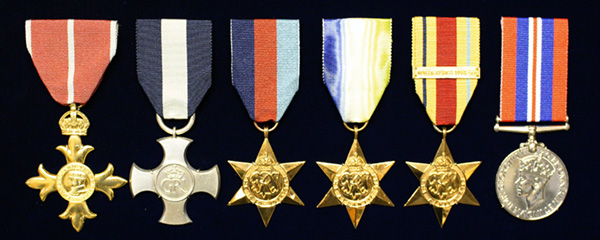
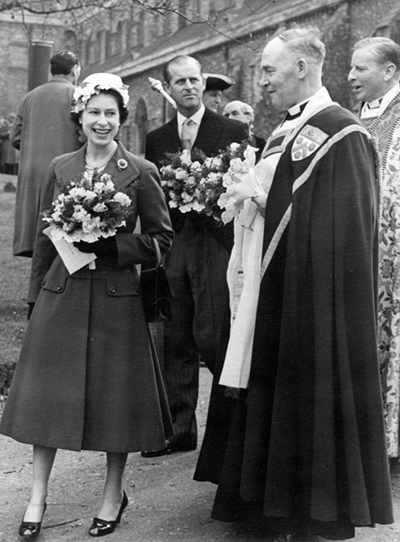 "It would be impossible," the captain of Norfolk later wrote, "to exaggerate Ken Mathews'
influence on Norfolk. His
value in the ship was certainly greater than any officer. He made her
the happiest ship I have ever known. Her was loved by every man on
board, and it is largely his influence that has kept the Norfolk spirit alive ever since.
"It would be impossible," the captain of Norfolk later wrote, "to exaggerate Ken Mathews'
influence on Norfolk. His
value in the ship was certainly greater than any officer. He made her
the happiest ship I have ever known. Her was loved by every man on
board, and it is largely his influence that has kept the Norfolk spirit alive ever since. Acknowledgments
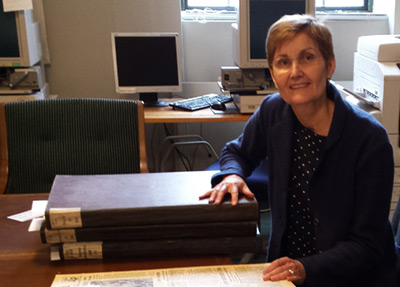 I
would like to acknowledge the help of Solveig Myren, a librarian in the
Local History Department of Bergen Public Library (on right), who translated
extracts from
newspapers reporting the events of May 1945, e-mailed me scans of the
photographs taken by Leif Endresen of the arrival of HMS Woolston
at Bergen and contacted the family of the photographer to obtain
consent for their use on this web page and drew my attention to his collection in Bergen University.
I
would like to acknowledge the help of Solveig Myren, a librarian in the
Local History Department of Bergen Public Library (on right), who translated
extracts from
newspapers reporting the events of May 1945, e-mailed me scans of the
photographs taken by Leif Endresen of the arrival of HMS Woolston
at Bergen and contacted the family of the photographer to obtain
consent for their use on this web page and drew my attention to his collection in Bergen University.
 She
also sent me the scans of the
pages from the photograph album of Leon Jacobsen in the Bergen State
Archive. Leif Endresen (1897-1979) lived all
his life in Bergen where he was a manager at Vinmonopolet, the
state-owned wine and spirit monpoly. He was a talented photographer and
chess player who co-operated with the Resistance during the occupation.
She
also sent me the scans of the
pages from the photograph album of Leon Jacobsen in the Bergen State
Archive. Leif Endresen (1897-1979) lived all
his life in Bergen where he was a manager at Vinmonopolet, the
state-owned wine and spirit monpoly. He was a talented photographer and
chess player who co-operated with the Resistance during the occupation.
I would also like to thank Dr David Kelsall, the Archivist at St Albans
Cathedral who sent me detailed notes extracted from the archive on the
life of Kenneth Mathew, the "Naval Dean" and photographed his medals,
and the staff of the
Cathedral Library. David Kelsall (left) died in December 2016 aged 87.
I was inspired to research these events by my talks
with 96 year old Frank Witton who still lives in St Albans, the city of
his birth and my home town. While these events were taking place at
Bergen my own father, Lt(E) William R. Forster RNR, was serving on HMS Venomous which was despatched with HMS Valorous
to Kristiansand South on a similar mission to that of HMS Woolston.
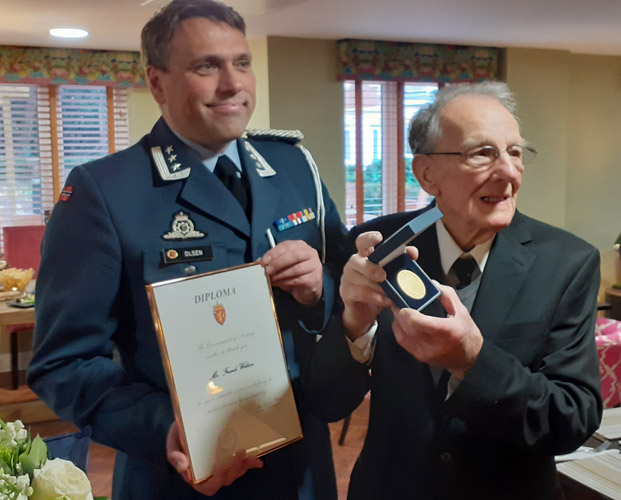 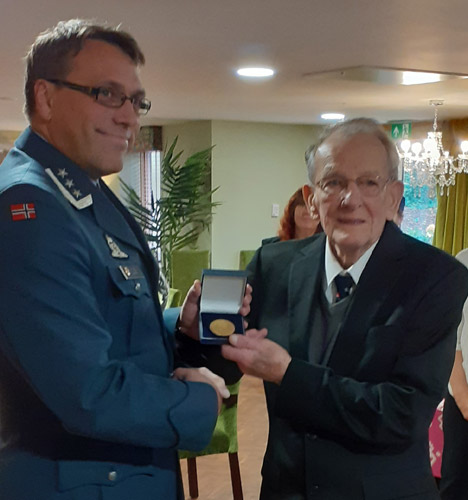 Frank Witton is presented wiith
the Norwegian Medal of Honour by Colonel Dr Prof John Andreas Olsen,
the Defence Attaché at the Norwegian Embassy on 22 November 2019
Frank waas an AB on HMS Woolston - see him standing at the rail as she berths alongside Bergen Courtesy of Ian Witton |
Bill Forster recorded an interview with
Frank Witton at his home in St Albans in 2013
You can click on the link to listen to Frank describe his wartime service on HMS Woolston
be patient - it takes a couple of
minutes before the file opens and Frank starts speaking